#chechen
Text

Chechen girls, Russia, by Yuri Kozyrev
#chechen#russia#caucasus#asia#folk clothing#traditional clothing#traditional fashion#cultural clothing
417 notes
·
View notes
Text
Chechen rebel fighters
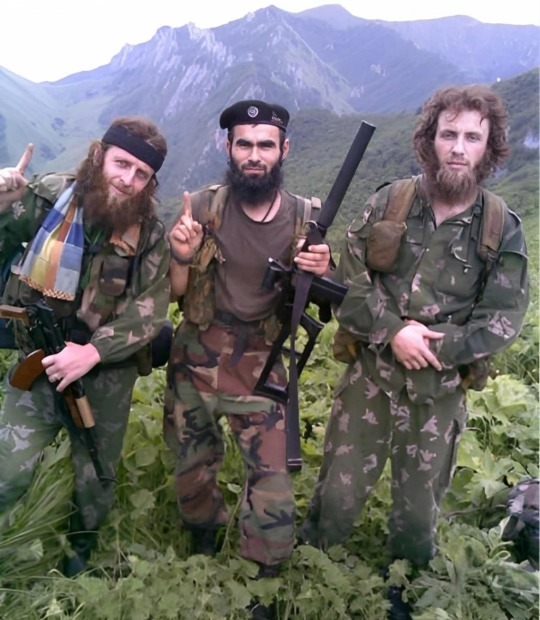
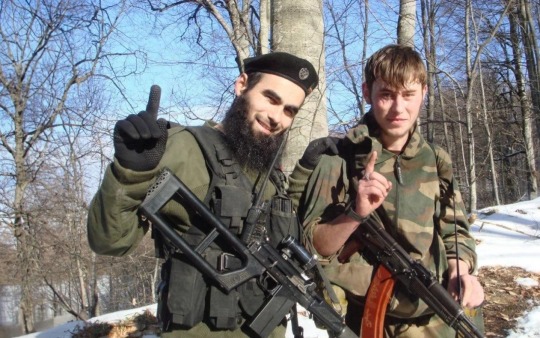
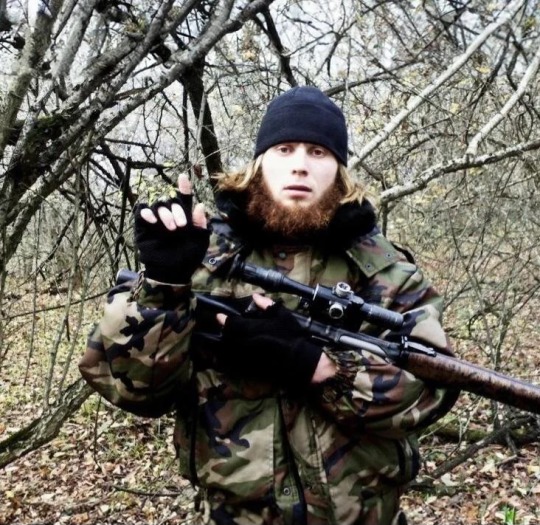

#chechen#chechen war#chechen wars#chechnya#grozny#чеченские войны#чеченская война#чечня#россия#russo chechen war#chechen rebels#combat footage#combat photos
23 notes
·
View notes
Text

Grozny, Chechnya 1994
253 notes
·
View notes
Text
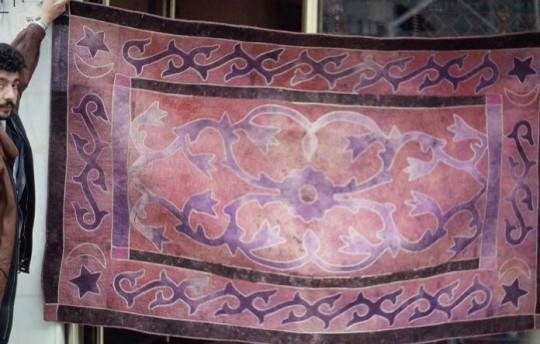
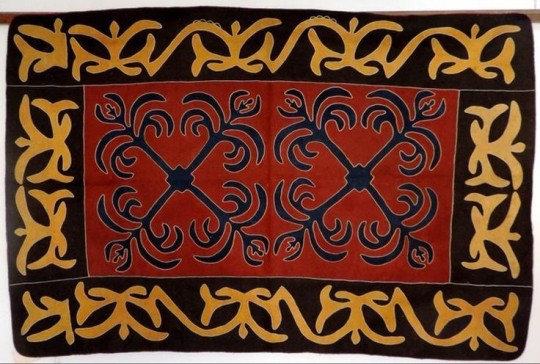

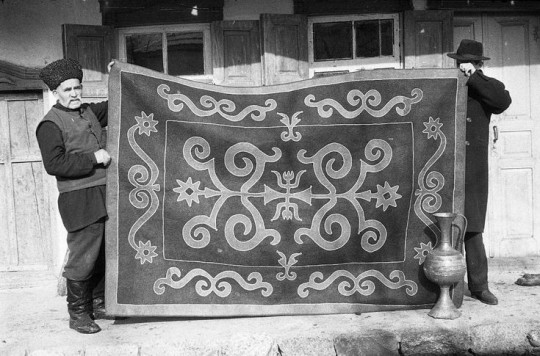


chechen felt carpet
#chechen#chechnya#culture#traditional#north caucasus#caucasian#caucasus#aesthetic#pinterest#boarding
47 notes
·
View notes
Note
Were there Jews in Chechnya?
Of course!
In 1897, the Jewish population in Grozny numbered 1,711 (11% of the total population) and was divided into two groups: "native" Mountain Jews and "Russian" Ashkenazim. Next to the central mosque stood a grand, Moorish-style synagogue.
They partially assimilated into Chechen society by forming a Jewish teip, the Zhugtii. All ethnic minorities had the option of forming a teip in order to properly participate in the developments of Chechen society such as making alliances and gaining representation in the Mekhk Khell, a supreme ethnonational council that is occasionally compared to a parliament.
In 1944, the NKVD deported the entire Chechen populace in Chechnya, and moved other ethnic groups into their homes; the Jews mostly refused to take the homes of deported Chechens while there are some reports of Chechens entrusting their homes to Jews in order to keep them safe.
During the First Chechen War, many Mountain Jews left due to the Russian invasion and bombardment. Despite historically close relations between Jews and Chechens, many also suffered high rate of kidnappings and violence at the hands of armed Chechen gangs who ransomed their freedom to "the international Jewish community".
37 notes
·
View notes
Text
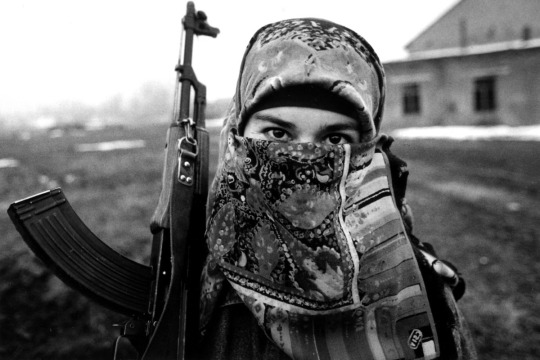
Female Chechen rebel fighter photographed by Heidi Bradner
8 notes
·
View notes
Link
According to open source researchers, soldiers with roots in poorer regions such as Buryatia and Dagestan are disproportionately represented among Russian casualties in Ukraine.
“Most of the soldiers and officers of the ground forces and the airborne forces come from poor Russian towns and villages,” military specialist Pavel Luzin told Al Jazeera.
“This social-economic stratification has a long-term tradition in the Russian armed forces because young men from the cities with relatively good education serve in other military branches … but the infantry consists of badly-educated soldiers from poor families and regions.”
Buryatia, in Siberia, was once a part of Mongolia that was conquered by Cossacks in the 17th century.
“We can’t determine our own politics – if we had a real federation, the head of our republic could say no, Buryats won’t fight in this criminal war. But he keeps providing cannon fodder for Putin,” Victoria Maladaeva, of the Free Buryatia Foundation, told Al Jazeera.
“Buryatia, like the other ethnic republics, is governed by the colonial policies of Moscow,” Maladaeva continued.
“Our languages and history are disappearing off the face of the Earth, while Moscow sucks all the money and resources out of the provinces. Moscow is a beautiful city but it’s such a facade of all of Russia, because if you go just a little further, the houses are falling apart, there are no roads, there’s no work.”
#russia#ukraine#war#2022#putin#demographics#ethnic#population#populations#buryat#buryatia#dagestan#chechen#chechnya#russian federation#military#history#racism#colonialism#really interesting article#applies to many different militaries
186 notes
·
View notes
Text

Chechnya, 2021, by Abdullah Artuev
29 notes
·
View notes
Text

#war#guns#gun#ak-47#ak47#Russian#helicopter#90's#90s#film#Chechen#russia#assault#rifle#Kalashnikova#Kalashnikov#soviet army#aircraft#aviation
15 notes
·
View notes
Text
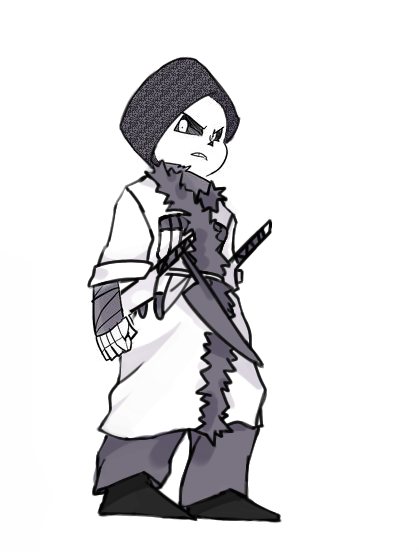
#caucasian#chechnya#dreamtale#drawing#ibispaint#undertale#cross sans#chechen#fanart#crossover#x tale#underverse#AU#alternative universe
12 notes
·
View notes
Text

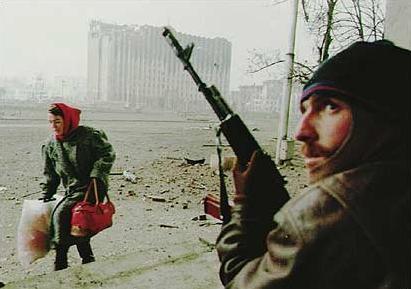


#chechen#chechen war#chechen wars#chechnya#grozny#groznyy#чеченские войны#грозный#чеченская война#Чечня
50 notes
·
View notes
Text
#kadyrov#Chechen#when this happens Israel is fighting russia#putin is trying to turn israel into a syrian conflict#taiwantalk
6 notes
·
View notes
Text
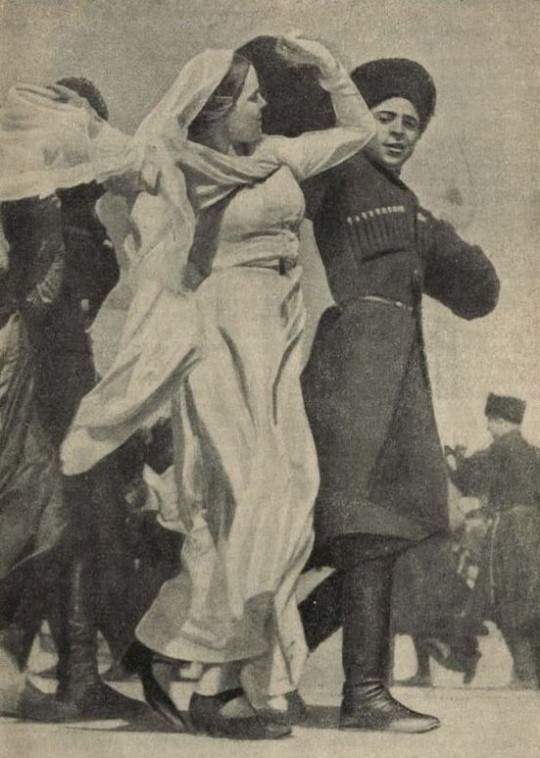

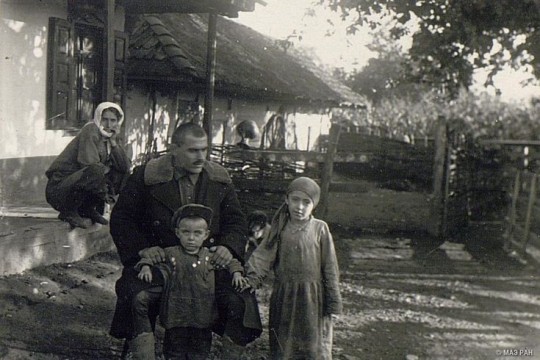
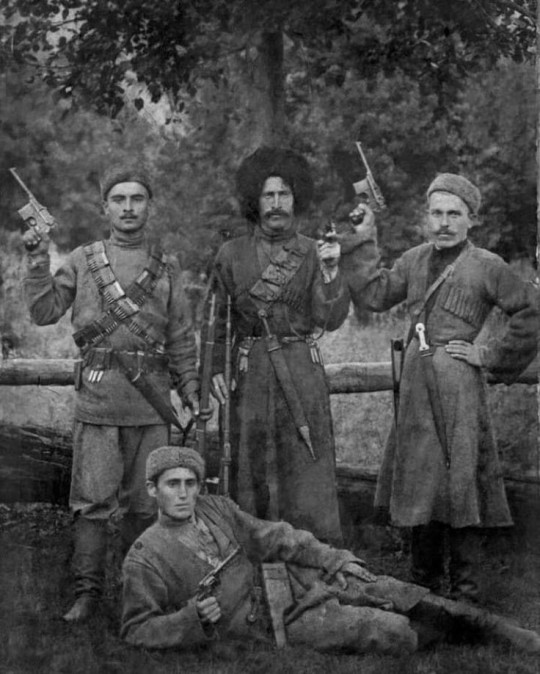



chechens 🏔💚
#chechen#chechnya#north caucasus#north caucasian#caucasian#noxchi#vainakh#20th century#photography#culture#mountians
14 notes
·
View notes
Text


Former Jewish quarter of Grozny, Chechnya, where most of the republic’s Ashkenazi and Mountain Jews lived until the fall of the Soviet Union. In the 19th century, they numbered 11% of the total population.
"When you enter Grozny, you pass a bridge: on the bridge stands a group of Jews who have moved to Grozny from the mountains; despite the fact that the they left Palestine from time immemorial, they retain the typical features of their compatriots living on Slavic lands; a darkish yellow face and sad black eyes. Having lived for many centuries in the mountains of the Caucasus, many of them are excellent and fearless horsemen."
- Kharuzin, N. N. The North Caucasus. Travel essays
110 notes
·
View notes
